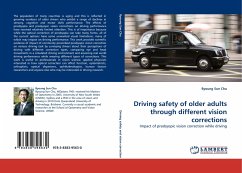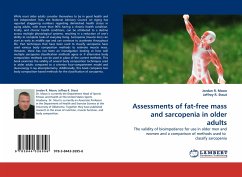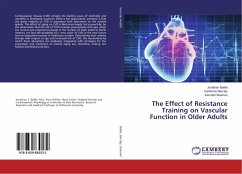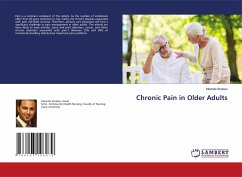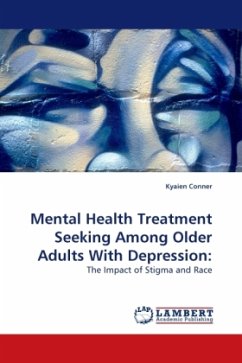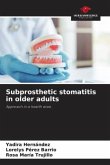The population of many countries is aging and this is reflected in growing numbers of older drivers who exhibit a range of declines in sensory, cognitive and motor skills performance. The effects of presbyopia and presbyopic vision corrections on driving performance have received relatively limited attention. This is of importance because while the optical correction of presbyopia can take many forms, all of the current options have some unwanted visual limitations, many of which may impact on driving performance. This work provides scientific evidence of impact of commonly prescribed presbyopic vision correction on various driving task by surveying drivers about their perceptions of driving with different correction types, comparing eye and head movements in a simulated driving environment and assessing real world driving performance while wearing different types of corrections. This work is useful to professionals in vision science, applied physicists interested in how optical correction can affect function, optometrists, orthoptists, optical dispensers, ophthalmologists, human factors researchers and anyone else who may be interested in driving research.
Bitte wählen Sie Ihr Anliegen aus.
Rechnungen
Retourenschein anfordern
Bestellstatus
Storno

